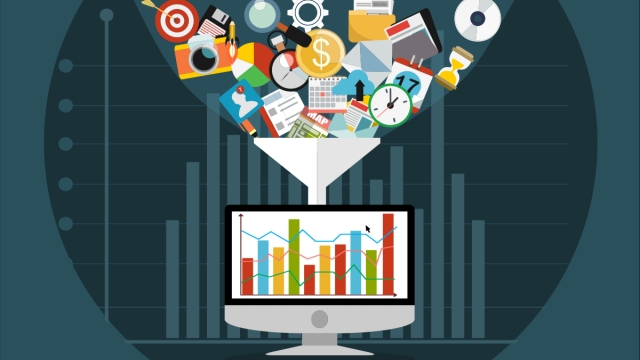
Welcome to the world of data analysis! In the realm of research professionals, the ability to derive meaningful insights from data is a skill that holds immense value. With the ever-increasing volume and complexity of data available, mastering tools like NVivo for data analysis has become essential for those in the field. As a research data analyst, navigating through datasets to uncover patterns, trends, and correlations requires not just expertise but also efficient methodologies.NVivo provides a powerful platform that empowers users to organize, analyze, and gain deep insights from their data, making it a vital tool in the arsenal of any research professional looking to elevate their data analysis capabilities.
Key Concepts of NVivo Data Analysis
In NVivo data analysis, one key concept is the ability to code data, which involves attaching labels to specific segments of information gathered in the research process. Coding allows for the organization and categorization of data, making it easier to explore relationships and patterns within the dataset.
Another crucial concept in NVivo data analysis is the use of queries. Queries in NVivo are powerful tools that enable researchers to ask specific questions about their data and extract meaningful insights. By running different types of queries, such as text search queries or matrix coding queries, researchers can delve deeper into the data and uncover hidden patterns.
Furthermore, NVivo offers the feature of visualizations, which help in presenting complex data in a clear and understandable manner. Visualizations such as charts, diagrams, and graphs can aid researchers in communicating their findings effectively and engaging with stakeholders. By utilizing visualizations, research professionals can enhance the impact of their data analysis results.
Best Practices for Efficient Data Analysis
When conducting data analysis using NVivo, it is crucial for research professionals to first carefully organize their data sources. This includes clearly labeling and categorizing information to ensure easy retrieval and comparison. By structuring the data in a logical and systematic manner from the outset, researchers can save valuable time during the analysis process.
Utilizing the various coding features in NVivo can significantly enhance the efficiency of data analysis. By creating codes that represent common themes or topics across the data set, researchers can quickly identify patterns and trends. It is recommended to create a coding system that is intuitive and consistent, allowing for seamless navigation and interpretation of the data.
Collaboration and sharing of coding structures among research team members can further streamline the data analysis process. By establishing standardized coding conventions and regularly communicating insights and findings, researchers can leverage the collective expertise of the team. This collaborative approach not only accelerates the analysis process but also promotes a more comprehensive understanding of the research data.
Advanced Techniques for Research Professionals
In today’s complex research landscape, mastering advanced data analysis techniques is essential for research professionals using NVivo. By harnessing the power of features like matrix coding queries and concept maps, researchers can unlock deeper insights from their data. These techniques enable a more comprehensive exploration of relationships within the dataset, facilitating a holistic understanding of complex research questions.
Another key aspect of advanced NVivo data analysis is the utilization of statistical functions and visualizations. Research professionals can leverage tools within NVivo to conduct quantitative analysis, generate statistical reports, and create visually compelling graphs and charts. By incorporating statistical techniques into their analysis, researchers can add layers of depth and rigor to their findings, enhancing the credibility and impact of their research outcomes.
Moreover, research professionals can benefit from utilizing advanced data visualization techniques in NVivo to present their findings in a clear and engaging manner. By creating interactive visual representations of data patterns and trends, researchers can effectively communicate complex insights to stakeholders and peers. These visualizations not only enhance the interpretability of research results but also contribute to a more impactful and persuasive research narrative.
